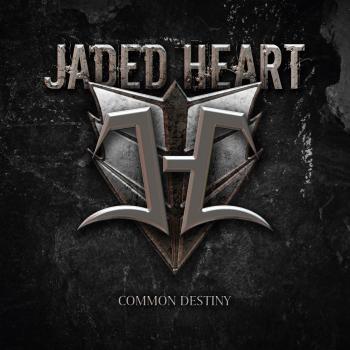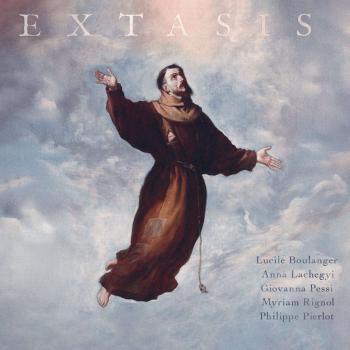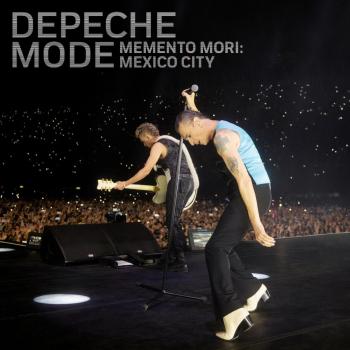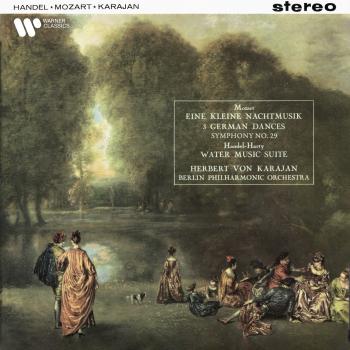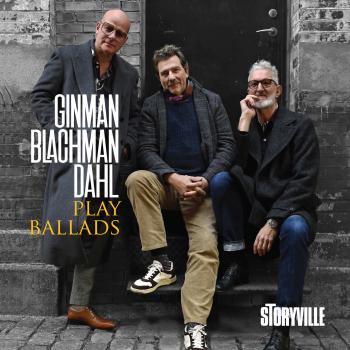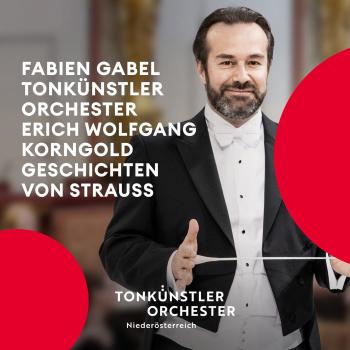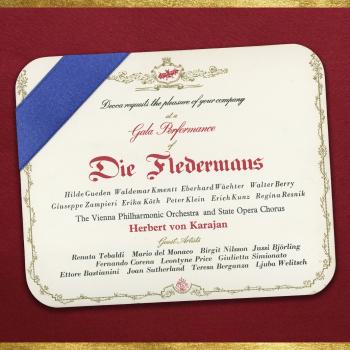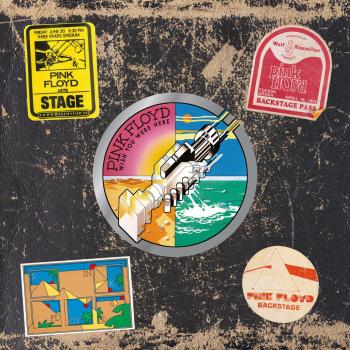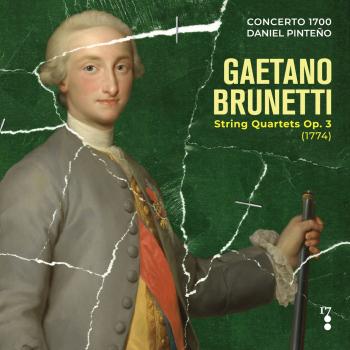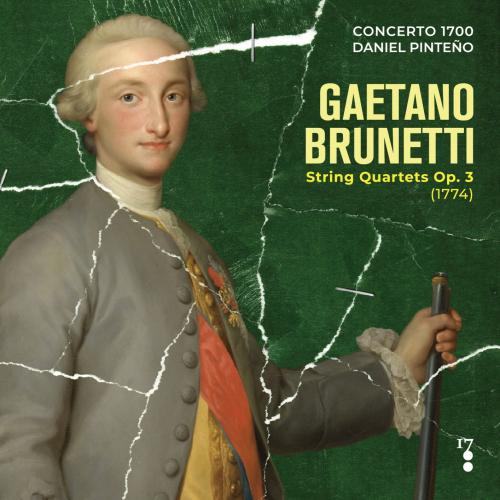
Gaetano Brunetti: String Quartets, Op. 3 Concerto 1700 & Daniel Pinteño
Album info
Album-Release:
2025
HRA-Release:
04.04.2025
Label: 1700 Classics
Genre: Classical
Subgenre: Chamber Music
Artist: Concerto 1700 & Daniel Pinteño
Composer: Cayetano Brunetti (1744-1798)
Album including Album cover
- Gaetano Brunetti (1744 - 1798): String Quartet in C Major, L.158:
- 1 Brunetti: String Quartet in C Major, L.158: I. Largo sostenuto - Allegretto 03:53
- 2 Brunetti: String Quartet in C Major, L.158: II. Tempo di Minuetto 03:41
- String Quartet in A Major, L.157:
- 3 Brunetti: String Quartet in A Major, L.157: I. Larghetto espressivo 05:53
- 4 Brunetti: String Quartet in A Major, L.157: II. Allegro non Molto 04:24
- String Quartet in E-Flat Major, L.160:
- 5 Brunetti: String Quartet in E-Flat Major, L.160: I. Largo Cantabile con sordini 09:39
- 6 Brunetti: String Quartet in E-Flat Major, L.160: II. Allegro con Spirito 05:48
- String Quartet in G Major, L.161:
- 7 Brunetti: String Quartet in G Major, L.161: I. Andantino con variazioni 06:06
- 8 Brunetti: String Quartet in G Major, L.161: II. Allegro 03:47
- String Quartet in F Major, L.156:
- 9 Brunetti: String Quartet in F Major, L.156: I. Allegro Moderato 07:01
- 10 Brunetti: String Quartet in F Major, L.156: II. Rondeau. Allegretto 04:27
- String Quartet in A Major, L.159:
- 11 Brunetti: String Quartet in A Major, L.159: I. Andantino con un poco di Moto 05:26
- 12 Brunetti: String Quartet in A Major, L.159: II. Allegro non Molto 04:23
Info for Gaetano Brunetti: String Quartets, Op. 3
In the 70s of the 18th century, Brunetti composed 18 divertimenti, divided into three series, each comprised of six works. The first series (L133-138) seems to be dated 1773, the second series (L139-144) 1774, and the third series (L127-132) 1775. These divertimenti play an important rolein the roots of the genre, as they were composed soon after Haydn’s divertimento (Hob. V:8), dated around 1765, and after Boccherini’s viola trios Op. 14, published in Paris in 1772. Later on, in 1784, Brunetti composed another set of divertimenti (L145-149), based on Haydn’s divertimenti, copied around 1783 for the Prince of Asturia’s chamber, which were in fact arrangements for violin, viola and cello from trios originally written for “baryton”.
The 18 “divertimenti” composed between 1773 and 1775 are preserved in three autograph scores collected in the same volume. This volume, currently kept at the Staatsbibliothek zu Berlin, has the generic title “XVIII TRIOS / A violino. viola. e violoncello / DE / Caietano Brunetti”. These trios must have been composed for the XII Duke of Alba, Fernando de Silva y Álvarez de Toledo (1714-1776), as the Duke’s musical inventory, completed after his death, mentions “ten and eight divertimentos by Bruneti”. Most of the works contained in this inventory are for strings (solo sonatas, duos, trios, quartets…), since the Duke played violin and viola, being especially fond of the latter instrument. In this inventory, there are many compositions by authors who worked in Spain (Manuel Canales, Manuel Mencía, Francisco Corselli, Luigi Boccherini, Gaetano Brunetti, etc.), which can be seen as proof of the Duke’s important role as a patron. The inventory also mentions compositions by some of the most famous authors in Europe back then, such as Campioni, Vivaldi, Geminiani, Stamitz, Abel, or Haydn, works that must have been copied or acquired abroad. It is worth noticing that the composer with the largest amount of works in the inventory is Brunetti, with around 138 works, far from the 36 by Boccherini or 18 by Haydn owned by the Duke.
Daniel Pinteño, violin
Isabel Juárez, viola
Ester Domingo, violoncello
Daniel Pinteño
Born in Malaga (Spain), he begins his studies in the Conservatorio Profesional de Música de Murcia , under the supervision of Emilio Fenoy, and later completes them with Juan Luis Gallego in the Conservatorio Superior de Música de Aragón.
During his years of training he actively attends to masterclasses with international soloists such as Nicolás Chumachenco, Alexei Bruni, Mikhail Kopelmann, Alberto Lisy or Ida Bieler, among others.
He later moves to Germany, where he continues his advanced studies under Professor Nachum Erlich in the Staatliche Hochschule für Musik Karlsruhe (Germany).
From 2010 on, he focuses his musical work on the repertoire between the earliest music for violin in the sixteenth century until the Romantic language of the mid-nineteenth century, following historical-stylistic criteria. With this aim in mind, he starts his musicology studies in the University of La Rioja while simultaneously taking part in masterclasses by historicist musicians such as Enrico Onofri, Anton Steck, Hiro Kurosaki, Catherine Manson, Enrico Gatti, Sirka-Lisa Kaakinen-Pilch, Margaret Faultless, Jaap Ter Linden, etc.
He studied Baroque violin in the Conservatoire à Rayonnement Régional de Toulouse (France) under the swiss violinist Gilles Colliard, as well as in the Real Conservatorio Superior de Música de Madrid (Spain), under Professor Hiro Kurosaki.
Currently, he develops his artistic work leading Concerto 1700 and collaborating with various european historicist ensembles such as Forma Antiqva, Al Ayre Español, La Ritirata, L’Arpeggiata, Haydn Sinfonietta Wien, La Capilla Real de Madrid, Tiento Nuovo, Nereydas, Concerto Ibérico among others.
Daniel Pinteño plays on an venetian baroque violin anonymous from late XVII century, and with a 1713 Stradivari “Pingrillé” copy made by the cremonese luthier Carlos H. Roberts.
This album contains no booklet.

